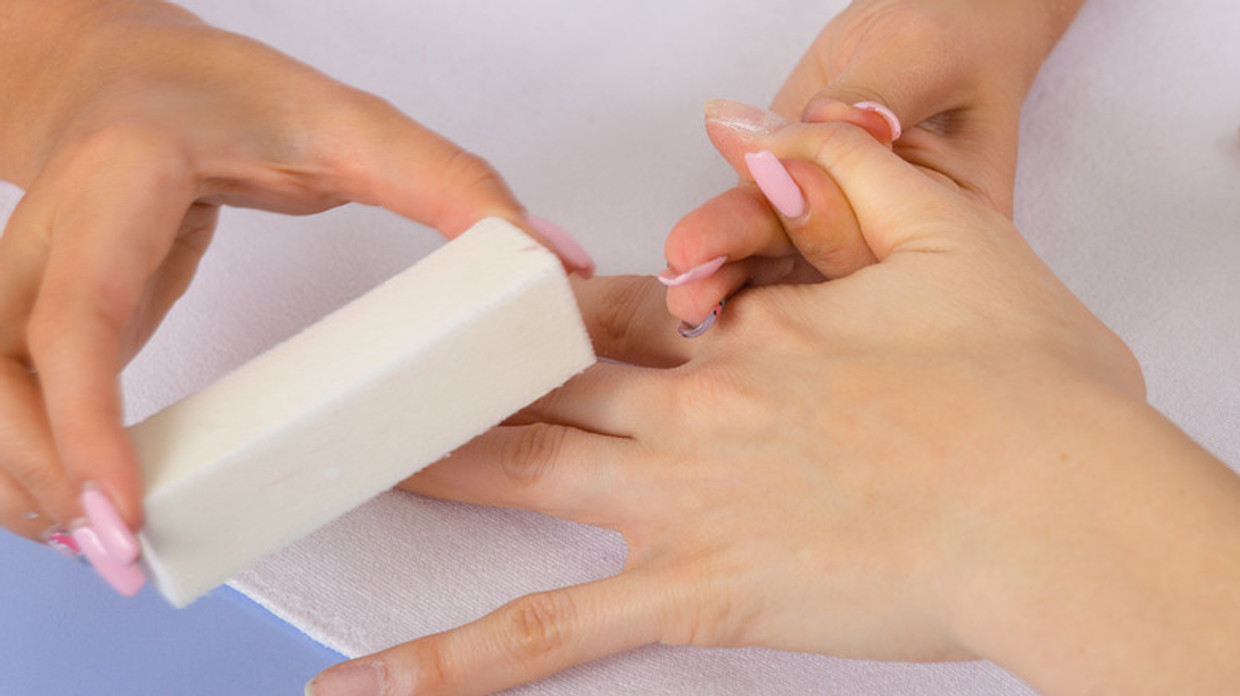Understanding Nail Ridges
Setting the Record Straight: The Truth About Nail Ridges
Hello to all my fabulous readers and fellow nail enthusiasts!
Whether you're a fresh-faced newbie in nail care or a seasoned nail tech who's seen it all, you've probably encountered the mysterious phenomenon of nail ridges. And for those here as concerned clients, I hear you too! Now, I know there's a lot of gossip about these so-called ridges being signs of nail distress, but what if I told you they're more like gray hair - a natural part of aging? Today, we'll dive deep into the reality of nail ridges, bust some myths, and offer pro tips on maintaining our nails' health and beauty.
The Real Deal on Nail Ridges
First, let's clear up a common misconception: what we often call 'ridges' are shallow grooves in our nails. These grooves result from changes in our nail matrix - the part of the nail bed that produces keratin for nail growth. As we age or if the matrix experiences damage, it becomes less efficient, resulting in fewer new nail cells in certain areas. So, no, your nails haven't suddenly decided to grow ridges!
Beware the Buffing Myth
For those who've been told that vigorous buffing will eliminate ridges, hold that buffer! Buffing may create a smooth facade, but it doesn't address the real issue, i.e., changes in your nail matrix. Worse, it thins out the entire nail plate, weakening your nails and making them more prone to damage. I'm sure none of us want to risk the health of our nails for a quick fix.
The Power of a Thick Nail
A thick nail plate isn't just a style statement - it's a crucial marker of nail health. Thin nail plates are likelier to peel, crack, and (listen up, polish lovers!) won't hold onto nail coatings effectively. But don't fret; we have healthier alternatives to keep those nails looking chic without resorting to harmful practices like buffing.
Celebrating Healthy Nails
An opaque base coat is a game-changer for dealing with nail grooves. It fills and covers the grooves while preserving the thickness of the nail plate, achieving that smooth appearance we all love. Another handy tip is applying a thin layer of any artificial nail coating, which can help conceal the grooves, reinforce the nail plate, and enhance its look without over-thinning.
Frequently Asked Questions (FAQs)
What causes nail ridges?
Nail ridges or grooves can happen when our nail matrix becomes less efficient, often due to aging or damage. This leads to fewer new nail cells in certain areas, causing the appearance of ridges.
Can buffing remove nail ridges?
While buffing can give a temporary smooth look, it doesn't address the root cause of nail grooves. Plus, it can thin out and weaken the entire nail plate.
Is it harmful to buff nail ridges?
Excessive buffing can weaken the nail plate, making it more likely to peel and crack. Plus, it can also make nail coatings less effective.
What is the recommended treatment for nail ridges?
A great option is to use an opaque base coat or a thin layer of artificial nail coating. Both can help camouflage the grooves while preserving and reinforcing the nail plate.
Signing Off
Nail care is a science as much as it is an art. The more we understand our nails, the better we can care for them. So, remember, nail ridges are regular. Instead of trying to erase them with damaging methods, let's celebrate them and choose safer, healthier alternatives. After all, our nails deserve as much love as we can give them!
To all the new and experienced nail techs and those clients who trust us with their nail care - let's continue learning, growing, and promoting nail health together.
Until next time,
Daniella Fer
Recent Posts
-
The Science Behind Acids in Nail Products
In nail care, breakthroughs always come up with new products and techniques that augment the aesthet
-
▷ How to Remove Acrylic Nails | Best Pro Tips
Step-by-Step Guide to Safely Removing Acrylic Nails Hello there! I'm Daniella Fer, the proud owner





